Must-Try Foods in Japan
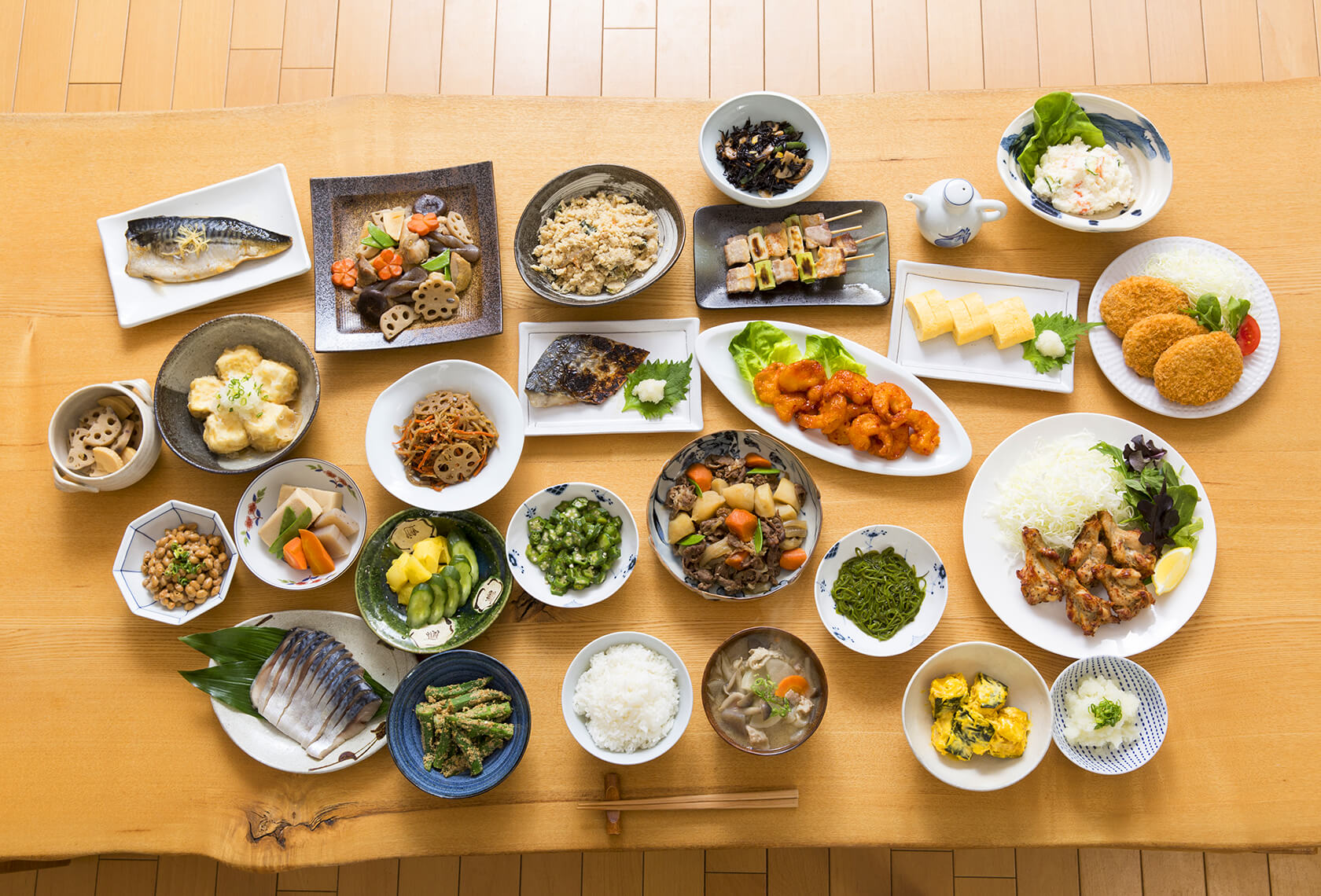
With over 500 Michelin star restaurants, Japan dominates the international epicurean landscape. While the range of highly-decorated establishments covers a myriad of cuisines including French, Italian and more, trying Japan’s domestic fare is an absolute must. From simple comfort foods to elaborate offerings and the special ingredients that make them stand out, we’ll identify the dishes you can’t pass up when in Japan.
Table of contents
Sushi and Sashimi

Japan is synonymous with sushi, as it’s the most desired dish to try for those visiting Japan. While the typical image of sushi in the West comes in the form of fish rolled in rice and seaweed, which is known as maki, the standard style is called nigiri zushi, which is a slice of raw fish placed on top of a small mound of rice. In some instances, however the fish may be seared or grilled. Temaki-style sushi is handrolled in seaweed to form a cone shape.
Sashimi is, quite simply, the absence of rice. Although the distinction between recognizing sushi and sashimi is basic, the preparation of each dish definitely isn’t. The flavor of sashimi can be influenced by the way it is cut or garnished.
Best Restaurant for Sushi and Sashimi: Sukiyabashi Jiro
It’s tough to narrow down the best sushi and sashimi restaurants, but Sukiyabashi Jiro definitely stands out among the rest. This three-Michelin-starred sushi restaurant has its own documentary, which also has a near-perfect rating itself. Located in Tokyo’s ritzy Ginza district, Sukiyabashi is regarded by many as one of the best, if not the top sushi establishment in all of Japan.
Yakitori
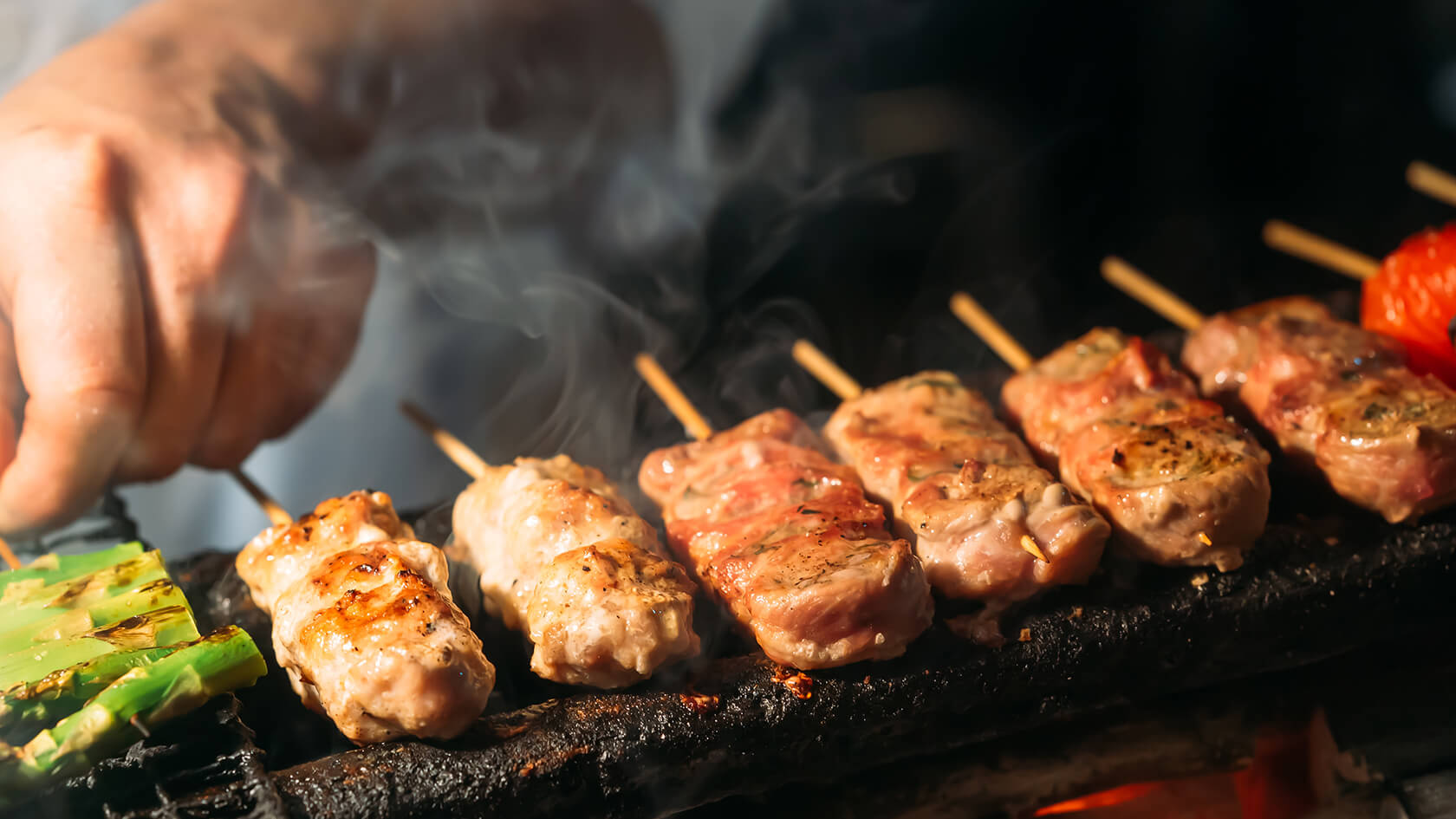
A great casual treat to enjoy from street vendors, yakitori is a simple chicken skewer. Yakitori is a perfect fit for taking in a Japanese festival. Different parts of the chicken are used. Some types of yakitori include the following:
-
Momo(もも)
– Thigh meat
-
Negima(ねぎま)
– Thigh meat with leeks
-
Tsukune(つくね)
– Minced chicken, egg and vegetable meatball mix
-
Torikawa(とりかわ)
– Grilled fatty chicken skin
-
Tebasaki(手羽先)
– Crispy grilled chicken wings
-
Reba(レバー)
– Chicken liver
Where to Go for Great Yakitori: Ranjatai
While good yakitori isn’t hard to find, Ranjatai takes the cuisine to the next level. While the big selling point of yakitori is its relatively low price, Ranjatai is a place to splurge a little extra on some higher quality offerings. This restaurant uses Hinai chicken, which is regarded as one of Japan’s top 3 breeds. While reportedly a difficult breed for making yakitori, the end result makes the process all the more worth the extra work.
Tempura

Brought over to Japan from the Portuguese in the 16th century, the art of deep-frying vegetables and seafood in a light batter, known as tempura, is now synonymous with its adopted country. The most popular foods used for tempura include shrimp, small fish fillets, eggplant, pumpkin and sweet potato.
Top Tempura Choice: Tempura Kondo
Compared to most other Japanese cuisine, tempura is relatively easy to make, but Tempura Kondo proves that paying attention to the little details can make all the difference in the world. Both the vegetables and seafood used are carefully selected to ensure the highest quality, resulting in a light and crispy, sesame seed oil-fried product that’s worth the trip to Ginza.
Okonomiyaki

It’s best to think of okonomiyaki(お好み焼き)as a savory pancake with endless possibilities for ingredients and toppings. In fact, a loose translation of okonomiyaki is “as-you-like-it-pancake.” In addition to the base ingredients of batter, sour pickles and cabbage, and toppings like seaweed flakes, Japanese mayonnaise and the aptly named okonomiyaki sauce, creative ingredient inclusions can range from camembert cheese, to shrimp, and even potato chips!
Okonomiyaki Hotspots: Osaka and Hiroshima
Both Osaka and Hiroshima prefectures pride themselves on their style of okonomiyaki. The Osaka style of making okonomiyaki is the most common style found in Japan, wherein you mix the batter, along with all of the ingredients, and fry them together.
For Hiroshima-style okonomiyaki, the batter and ingredients are cooked separately, with the ingredients and toppings being placed on top of the pancake after cooking, and finally being served on a bed of noodles. Noodle options can be either udon or, more commonly, yakisoba.
There’s no better place to try Osaka-style Okonomiyaki than in Osaka, of course! Mizuno is a great Okonomiyaki restaurant located in Osaka’s lively Dotonbori center, and sources its delicious ingredients from the Kuromon market.
For Hiroshima-style okonomiyaki, also sometimes called “Hiroshimayaki,” the restaurant Micchan stands as one of the originators of the region’s signature style, and prides itself on shaping the cultural cuisine with rich flavors and quality presentation that have stood the test of time.
Ramen
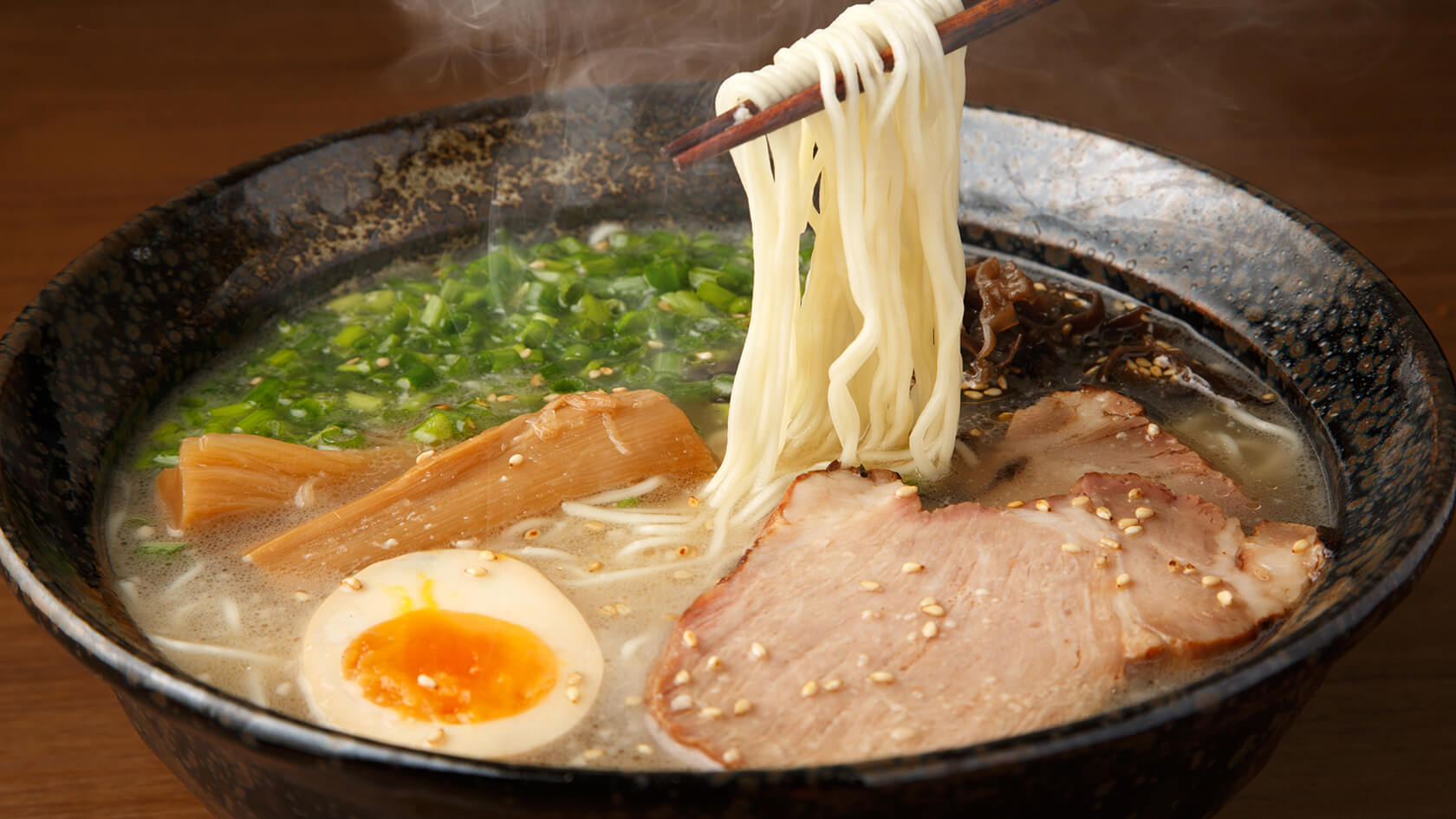
Not many realize that ramen has its origins in China. But given how its worldwide popularity was born from the Japanese adaptation of the wheat-noodle dish, it’s no surprise that ramen is a close second to sushi as a must-try dish among first-time visitors. With so many ingredients and flavor varieties to try, it wouldn’t be out of the ordinary to make multiple trips to different shops during a relatively short stay.
Where to Find the Perfect Bowl of Ramen: Tsuta
There are more than 24,000 shops that serve ramen throughout Japan, with 5,000 shops in Tokyo alone. While a large majority of ramen shops will provide a quality bowl that will hit the spot, Tsuta is the world’s first Michelin-starred ramen restaurant, and chef Yuki Onishi boasts the inclusion of premium ingredients while excluding artificial flavoring and MSG.
The broad spectrum of cuisine and restaurants leaves the possibilities nearly endless, but if you don’t have time to try all the wonderful dishes Japan has to offer, these 5 foods should definitely be at the top of your list.
Motto Japan, the community platform to support foreigners with the foundation for life in Japan, including Japanese study, job opportunities, and housing service. Motto Japan Media will provide a wide variety of information for Japanese fans all over the world, to create a cross-cultural environment and enrich the life of foreign residents in Japan!





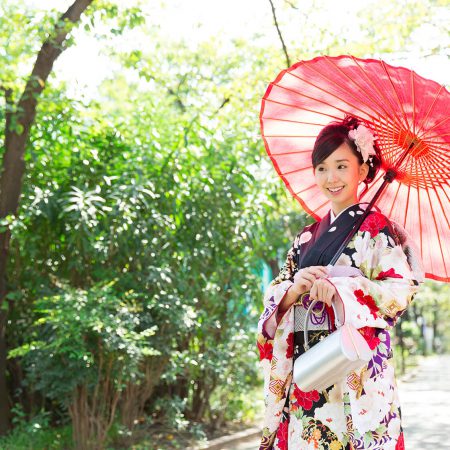
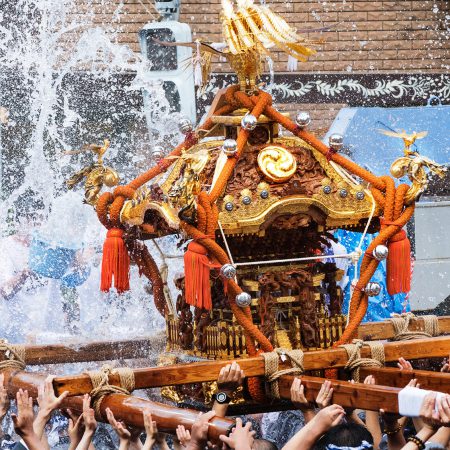
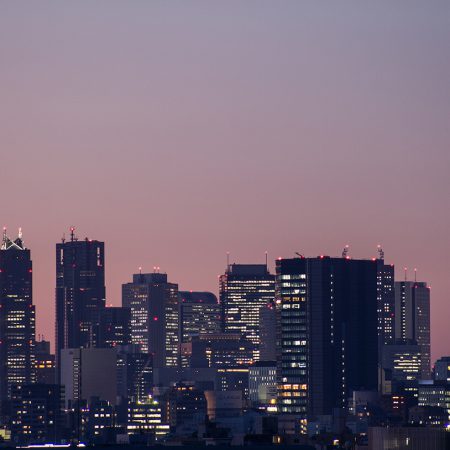


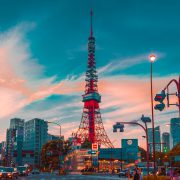


Leave a Reply